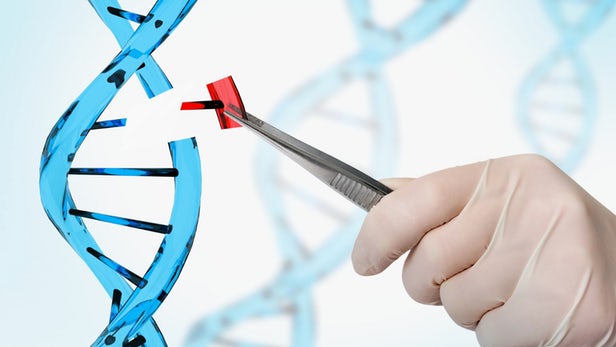
Flip recombinase is a versatile enzyme that has broad applications in molecular genetics. Flip recombinase has been used to manipulate genomes in industrial, agricultural, and laboratory settings. However, one limitation of flip recombinase is its binary activity, meaning that Flip recombinase activity cannot be controlled once expressed. Our group has designed an optogenetic variant of flip recombinase, termed Opto-Flip. Through the use of blue light, Opto-Flip can be controlled in space and time.

Figure 1: Predicted Mechanism of Opto-FLP. By separating flippase into two halves and tagging each half with an optogentic magnet, we will be able to control flippase activity with blue light with spatial and temporal precision.
Industrial Applications
We believe that this Opto-Flip construct has the potential for many applications. Opto-Flip will allow for temporal control of flip recombinase activity in many bioreactors, providing industries with greater control over their biological reactions. Such a technique is extremely valuable as it provides complete control over the metabolism of genetically modified organisms and can increase the output of commercially valuable products.

Figure 2: A Typical Bioreactor. Courtesy of Princeton University (https://www.princeton.edu/
sites/default/files/styles/scale_1440/public/images/2018/03/AvalosLab_0031.jpg?itok=MsMbQ3gj).
sites/default/files/styles/scale_1440/public/images/2018/03/AvalosLab_0031.jpg?itok=MsMbQ3gj).
Laboratory Applications
Opto-Flip will also provide researchers studying genetic modification in cell cultures precise spatial and temporal control over their genetic editing. This system enables researches to choose when a recombination event will occur at a particular time and at a precise location, thus generating a powerful tool to investigate how genes affect physiology. Moreover, the applications of optogenetics are not limited to research. This technique has also been to be applied in the diagnosis of disease and has potential in therapy routes. Overall, we believe that Opto-Flip has many practical applications, in industrial, clinical and research settings.

Figure 3: "Genomic Editing". Courtesy of New Atlas (https://img.newatlas.com/gene-editing-cholesterol-monkeys-1.jpg?auto=format%2Ccompress&ch=Width%2CDPR&fit
=crop&h=347&q=60&
rect=0%2C67%2C1625%2C914&w=616&s=e899e6179a51479794356b794cfdb19a).
rect=0%2C67%2C1625%2C914&w=616&s=e899e6179a51479794356b794cfdb19a).
